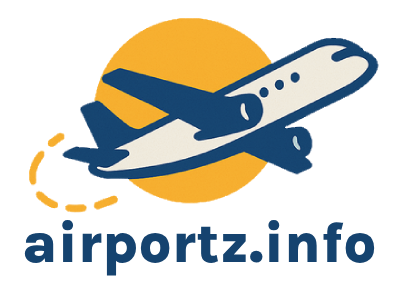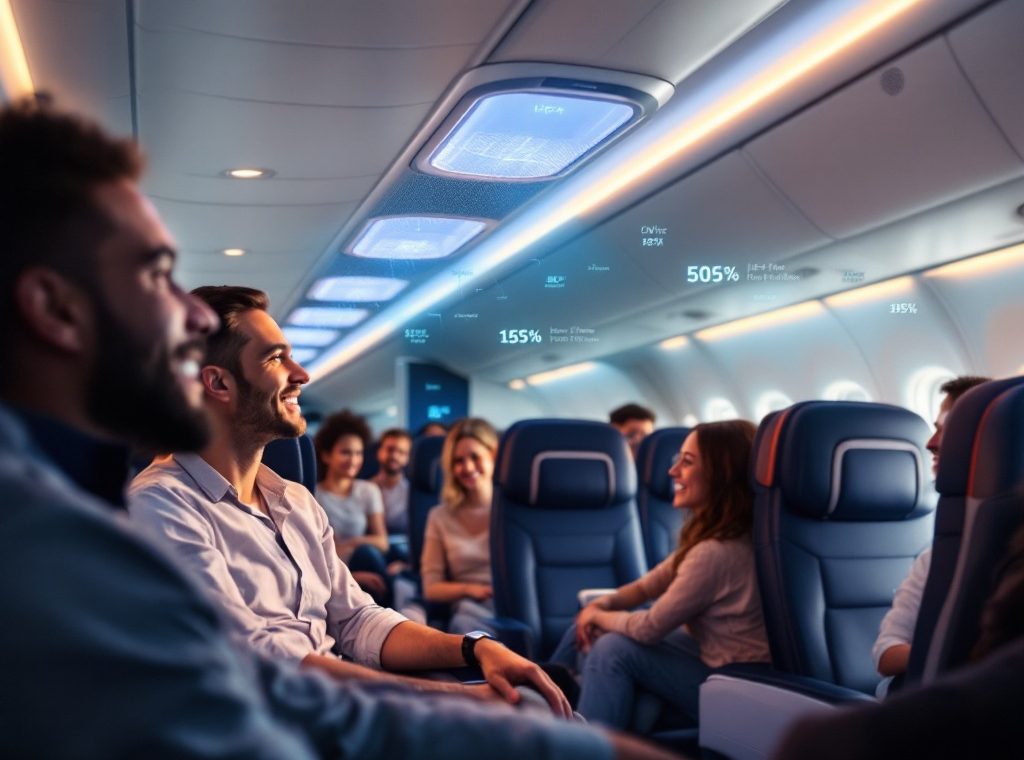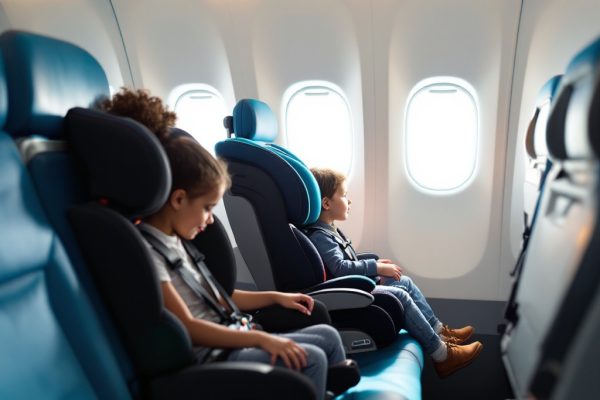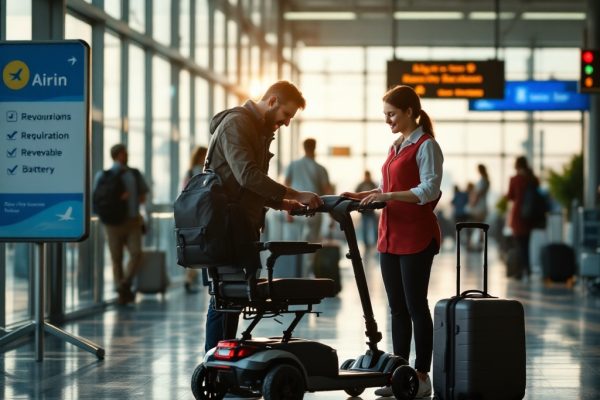Is Air Travel Safe Right Now: Aviation Experts’ Opinion
Is air travel safe? Discover how HEPA filters capture 99.97% of airborne particles, contributing to a 61% improvement in aviation safety over the last decade. Learn how expert analysis, advanced technologies, and stringent protocols ensure your well-being from gate to gate. Explore the latest safety measures and statistics for peace of mind on your next flight.
Important information
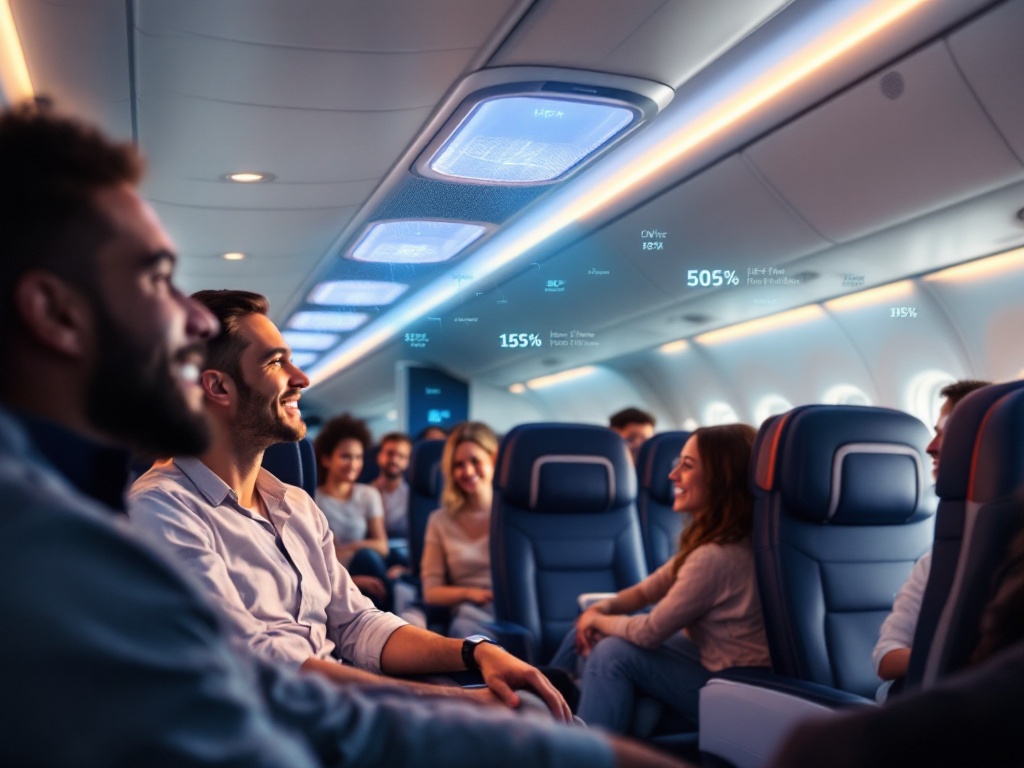
- Modern aircraft HEPA filters capture 99.97% of airborne particles, reducing virus transmission risk.
- The aviation industry’s safety record has improved by 61% over the past ten years.
- Aviation experts analyze data, investigate incidents, and develop safety protocols, improving training and implementing new technologies.
- Multiple safety measures are in place, including enhanced cleaning, mandatory face coverings, contactless check-in, and social distancing.
- The odds of a fatal crash are incredibly low, just one in 13.7 million per boarding.
Is Air Travel Safe Right Now? Aviation Experts’ Insights
Air travel is remarkably safe, thanks to strict health protocols implemented by airlines and airports. These include enhanced cleaning procedures and improved air filtration. Modern aircraft use HEPA filters, which capture 99.97% of airborne particles, significantly reducing the risk of virus transmission. While the onboard air is exceptionally clean, travelers should consult current guidelines, as restrictions can change. Staying informed ensures safe and healthy travels.
What Aviation Experts Say About Flight Safety
Air travel remains remarkably safe. This is supported by experts and a 61% improvement in the industry’s safety record over the past ten years. While recent incidents have understandably raised concerns, the industry has proactively strengthened safety protocols to further enhance passenger security.
The Role of Aviation Experts in Ensuring Safety
Aviation experts play a vital role in ensuring air safety. They analyze data, investigate incidents, and develop critical safety protocols. Their work also focuses on improving training programs and implementing advanced technologies. These combined efforts enhance public confidence in air travel, providing peace of mind to travelers.
Trusting Experts: Expert Opinions on Aviation Safety
Experts agree that air travel remains safe. Airlines and airports have enhanced safety protocols, including improved cleaning and mandatory mask policies. Furthermore, the implementation of advanced, highly effective air filtration systems adds another layer of protection. Reassuring safety statistics confirm that flying is still a secure travel option.
Understanding Air Travel Safety Measures
Airlines and airports prioritize passenger health and safety by implementing various protective measures. Aircraft cabins are thoroughly cleaned between flights, and advanced HEPA filters continuously purify the air. At airports, social distancing is enforced, and face coverings are required for everyone. Contactless check-in and boarding minimize touchpoints, while pre-boarding health screenings add another layer of safety. Many airlines also operate with reduced capacity. These combined efforts significantly enhance the safety of air travel.
Health and Safety Measures on the Plane
- thorough cleaning of aircraft cabins between flights,
- continuous air purification with advanced HEPA filters,
- reduced capacity on many airlines.
Health and Safety Measures at the Airport
- enforced social distancing,
- mandatory face coverings for everyone,
- contactless check-in and boarding to minimize touchpoints,
- pre-boarding health screenings.
How Air Traffic Control Enhances Passenger Safety
Air traffic control (ATC) ensures safe air travel by managing the continuous flow of aircraft, preventing mid-air collisions. Controllers guide planes during takeoff and landing, and direct them in flight to optimize paths and minimize delays. They also monitor weather conditions, alerting pilots to potential hazards. Beyond technology, stringent protocols and constant communication are crucial for passenger safety.
